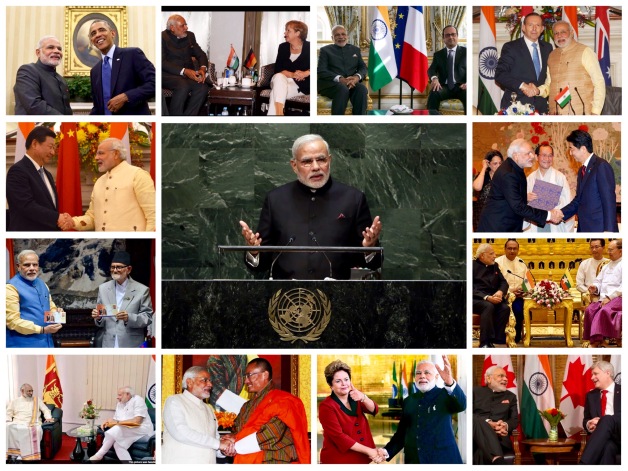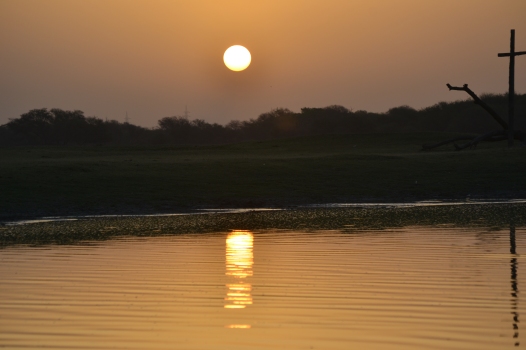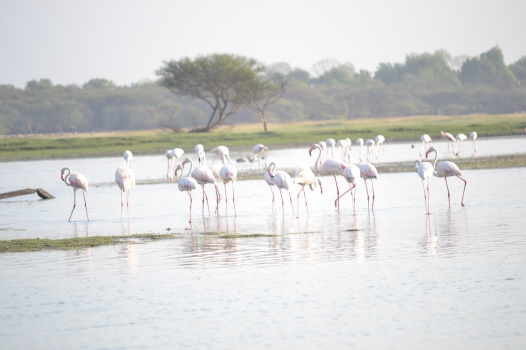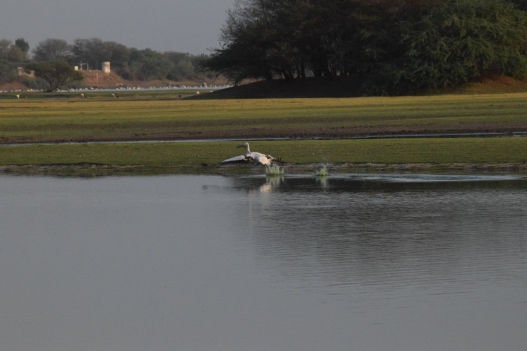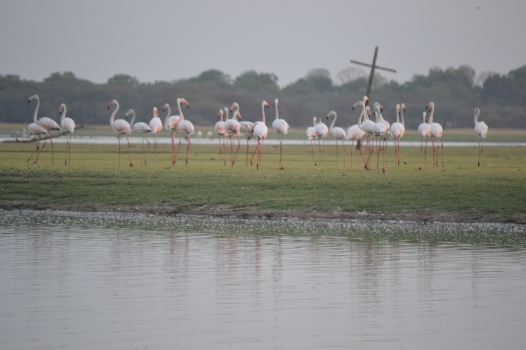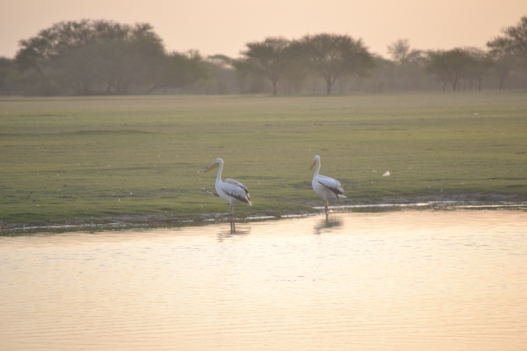Foreign policy initiatives and efforts to raise India’s international profile will be clearly seen as prominent features of the year. Mr. Modi’s visits to 18 countries in the West, Latin America, China, the neighbourhood and East Asia were in line with the foreign policy objectives set during the UPA’s tenure that sought to adapt India to a fast-changing, multipolar world. In line with the UPA’s correctives during its second tenure when the government sought to move away from a single-minded focus on Indo-U.S. relations, the Modi regime has adopted a multifaceted approach. The government has simultaneously pursued Indo-U.S. strategic ties and a strong economic relationship with China based on trade and investment. The former was outlined in the Joint Strategic Vision for the Asia-Pacific and the Indian Ocean region signed during President Barack Obama’s visit when he was the guest of honour at the Republic Day parade in New Delhi. Reciprocal state visits by Mr. Modi and Chinese President Xi Jinping allowed for incremental gains in the relationship as both have sought to whittle down strategic differences.
Mr. Modi’s government has played a proactive role in the neighbourhood. Without the coalition constraints that the UPA faced, the Modi government managed to conclude a land agreement with Bangladesh. The government helped Nepal find its feet after the earthquake and promised support for its Constitution-writing process without any interference. Indeed, Mr. Modi’s twin visits to Nepal helped refurbish the image of the foreign policy establishment, which had resorted to an interventionist approach under the UPA midway through its tenure. But as regards Pakistan and the north-west region, India’s foreign policy approach has been found wanting. The emphasis on a limited engagement with Pakistan that has persisted since the 26/11 attacks has impeded movement to solve outstanding issues, even as Islamabad has moved to deepen cooperation with the new regime in Afghanistan. All said, it is an encouraging start on the foreign policy front. And it is a matter of credit to the Prime Minister and the External Affairs Minister that the Nehruvian emphasis on strategic autonomy has been retained.